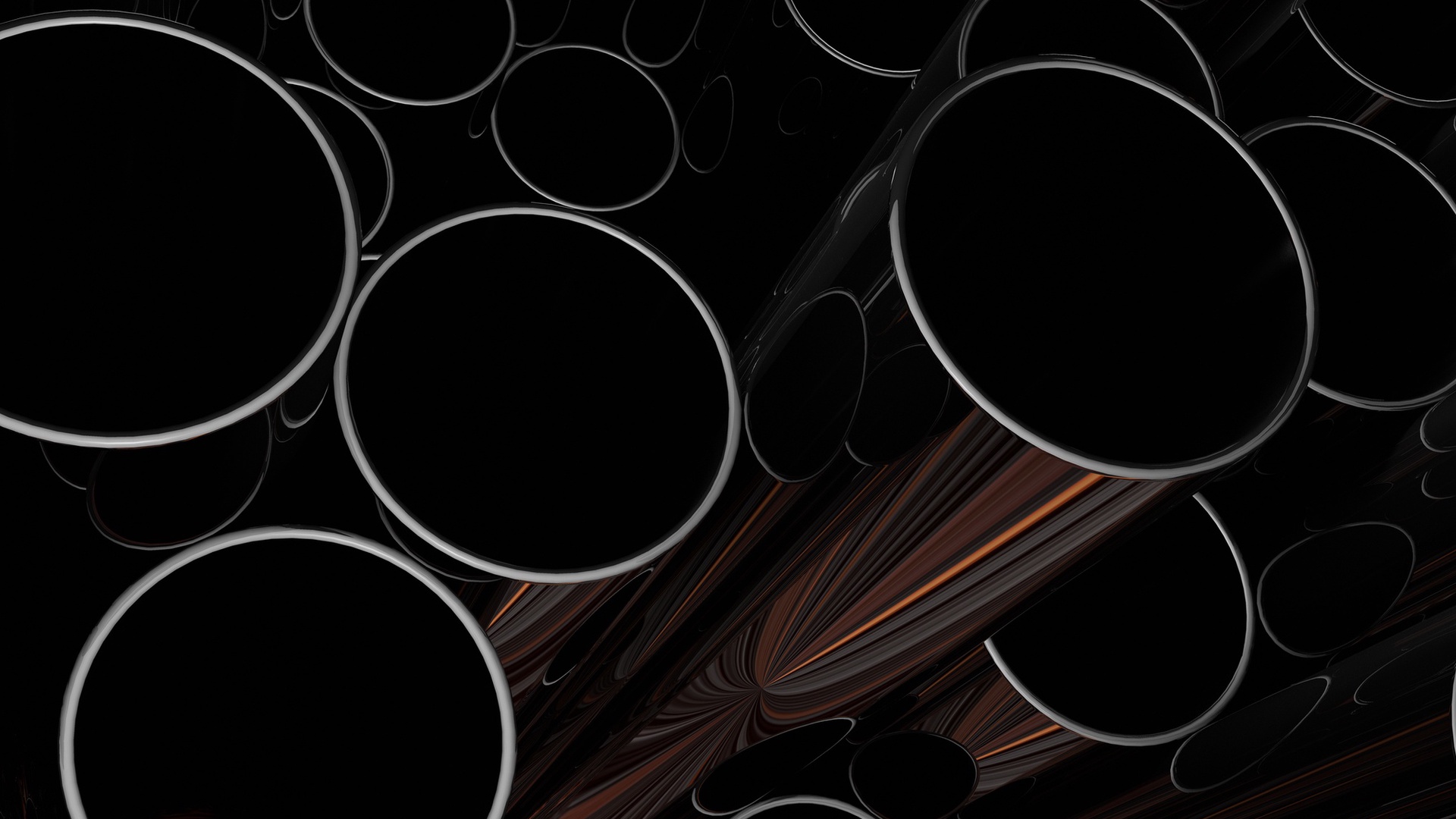

Zirconium, a transition metal known for its remarkable corrosion resistance and high melting point, is crucial in various industries, including nuclear energy, aerospace, and chemical processing. As the demand for zirconium continues to grow, so does the need for sustainable practices in its production and use. Zirconium recycling is one of the most effective ways to address this need. This article explores the processes involved in recycling zirconium, the quality assurance measures in place, and the broader implications for sustainability and resource management.
Zirconium is primarily derived from zircon sand, which contains zirconium silicate. It is prized for its properties, such as:
Given these valuable properties, the demand for zirconium has surged. However, traditional extraction methods are resource-intensive and environmentally damaging. This has led to a growing interest in recycling zirconium from industrial waste materials.
The recycling process begins with the collection of zirconium scrap from various sources. This scrap can come from manufacturing processes, end-of-life products, or even industrial waste. Common forms of zirconium scrap include:
Once collected, the scrap is sorted to remove contaminants. Magnetic separation is commonly employed to eliminate ferrous materials that could compromise the quality of the recycled zirconium.
After sorting, the scrap undergoes a thorough cleaning process. This step is critical as any residual contaminants can affect the purity of the final product. The cleaning process typically involves:
The next step in the recycling process is melting the cleaned zirconium scrap. One of the most effective methods used is Vacuum Arc Remelting (VAR). This technique offers several advantages:
During this phase, any remaining impurities are either vaporized or separated from the molten zirconium.
Ensuring the quality of recycled zirconium is paramount. Several quality control measures are implemented throughout the recycling process:
In some cases, additional chemical treatments may be employed post-melting to further purify zirconium. For example:
These purification steps are crucial for producing high-purity zirconium suitable for demanding applications in nuclear energy and aerospace industries.
The final recycled zirconium products undergo rigorous testing to ensure they meet industry specifications. This includes mechanical testing to assess strength and ductility as well as corrosion resistance tests relevant to their intended applications.
The importance of recycling zirconium extends beyond just resource recovery; it has significant environmental implications as well:
Recycling helps conserve natural resources by reducing the need for new zirconium extraction from ore deposits. Mining operations often lead to habitat destruction, soil erosion, and water pollution—issues that can be mitigated through effective recycling practices.
Efficient recycling processes decrease the amount of scrap metal that ends up in landfills. By reclaiming valuable materials from industrial waste, companies can significantly reduce their environmental footprint while also lowering disposal costs.
Recycling generally requires less energy than primary production processes. For instance, extracting zirconium from ore involves significant energy input for mining and refining activities. In contrast, recycling utilizes existing materials, leading to lower overall energy consumption and reduced greenhouse gas emissions.
In addition to environmental benefits, recycling zirconium presents economic advantages:
Recycling can lead to substantial cost savings for manufacturers by reducing raw material costs associated with purchasing new zirconium. Moreover, companies can benefit from lower disposal costs related to industrial waste management.
As industries increasingly prioritize sustainability practices, there is a growing market demand for recycled materials. Companies that invest in recycling initiatives may find themselves at a competitive advantage by meeting consumer preferences for environmentally responsible products.
Zirconium recycling represents a vital component of sustainable resource management in today’s industrial landscape. Through meticulous processes involving sorting, cleaning, melting, and purification, high-quality recycled zirconium can be produced efficiently and effectively. The environmental benefits—ranging from reduced resource depletion to minimized waste generation—underscore its importance in mitigating ecological impacts associated with traditional extraction methods.
As industries continue to evolve towards more sustainable practices, embracing zirconium recycling will not only contribute to environmental stewardship but also offer economic advantages that align with modern market demands. In this way, recycling serves as a critical pathway towards achieving a circular economy where valuable materials are reused rather than discarded—a vision that benefits both industry stakeholders and our planet as a whole.